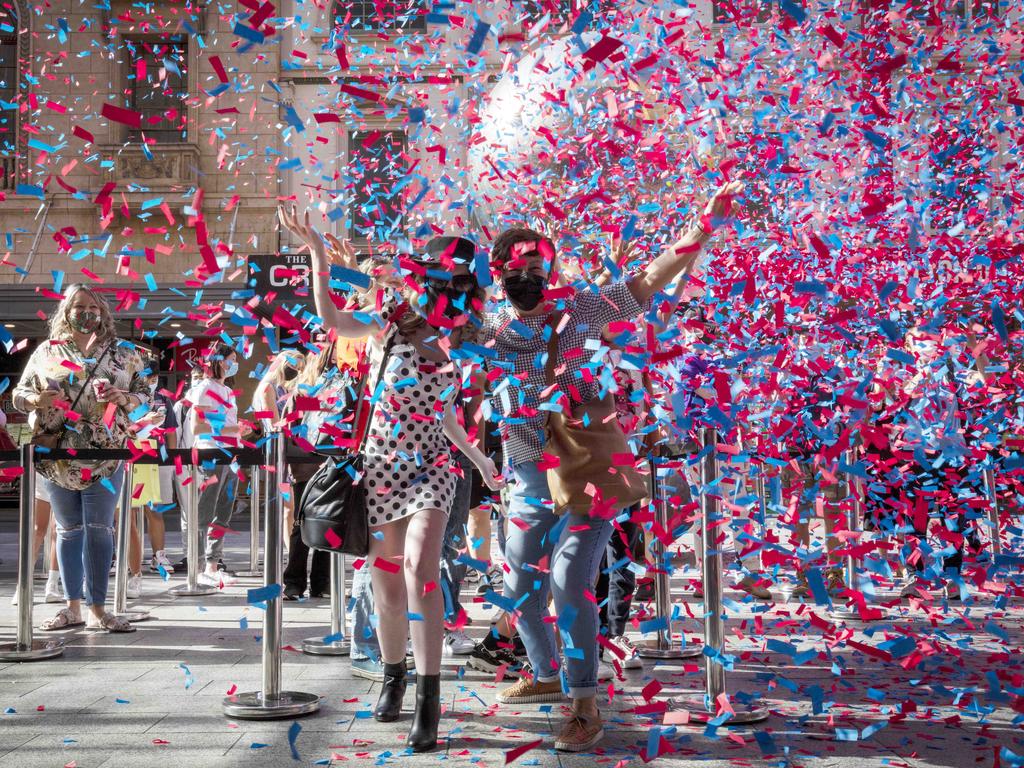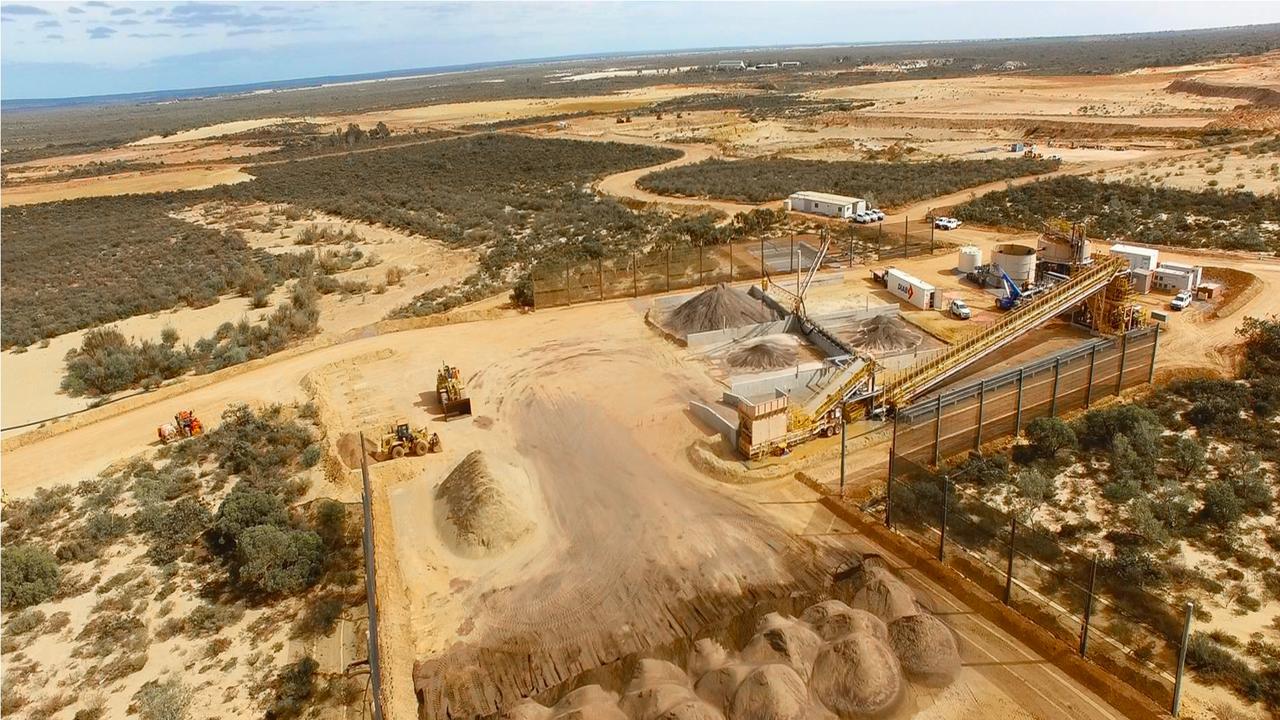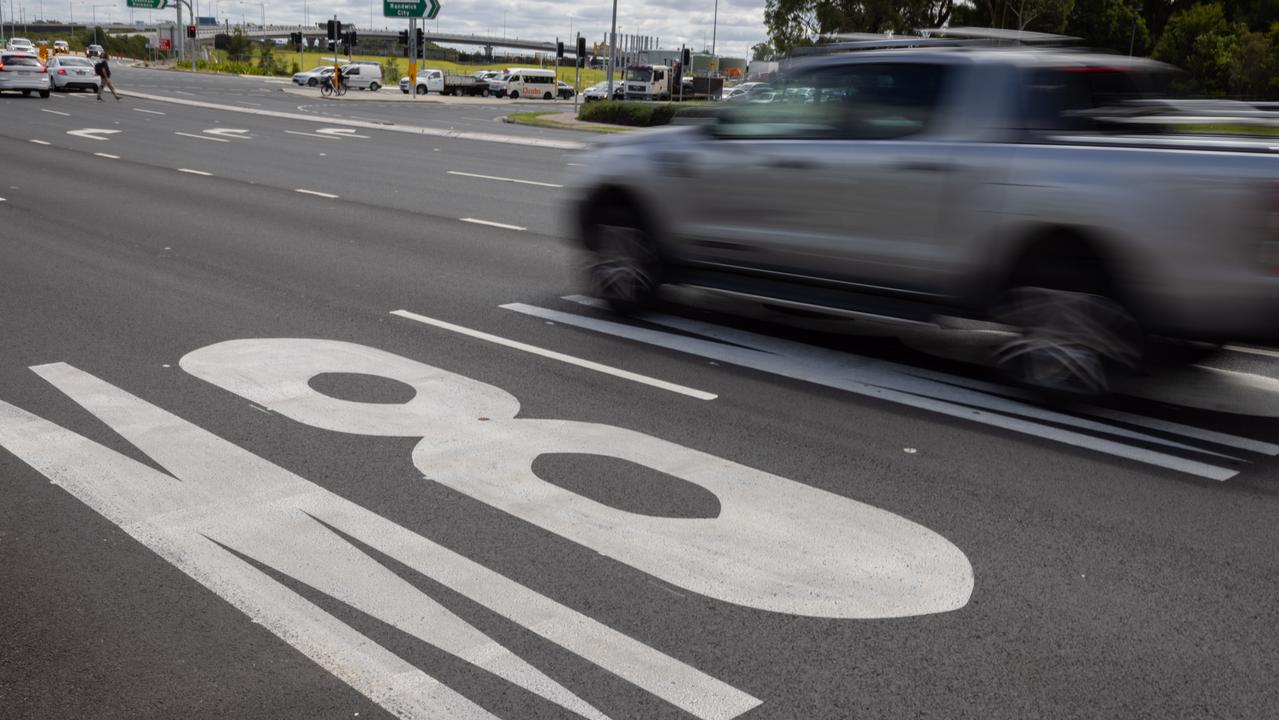Department stores battle for relevance as retail landscape changes
They represent an old-fashioned retail format but department stores still hold some appeal for shoppers.

They read like a list of dinosaurs, once mighty retail giants that dominated the Australian retail landscape but now are as extinct as Tyrannosaurus Rex. Buckley & Nunn, Grace Bros., Marcus Clark & Co, Mark Foys and Waltons, once incredibly successful and popular Australian department stores that are no more and lie in the corporate graveyard.
The sector now has only two champions left – Myer and David Jones, each with their own problems at the moment.
Myer is currently being stalked by billionaire retailer Solomon Lew, who has this year won his first seat on the Myer board and is likely to go for more as he looks to grab control of the 122-year-old business and shake it up after decades of flatlining performance.
Across the road is arch rival David Jones, the up-market department store bought for $2.1bn in 2015 by South Africa’s Woolworths Holdings and which last week was sold for just $100m to private equity as the South Africans ended their disastrous ownership of the 184-year old up-market chain.
Both Myer and David Jones are barely profitable despite billions of dollars in annual sales. Myer, with annual sales of $2.99bn, can only scratch out profits of about $60m, and David Jones is not much better with sales of $2.06bn and profits of $14.5m. There is a race between the department stores to shrink their floor space, as they bin once grand expansion plans to reduce their rent to better fit the modern department store model.
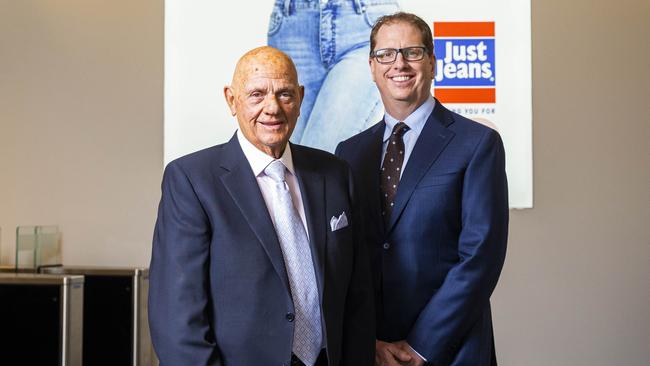
In the past few years Myer and David Jones have each closed stores and floors. It’s much the same in Britain, where arguably the world’s first department store was opened in the late 18th century. According to data compiled by commercial property information specialist CoStar, 83 per cent of British department stores had shut for good since 2016, when the BHS department store empire crumbled.
This has led many to question the long-term viability of the department store model in Australia, as the average shopper loses interest in the old-fashioned retail format that for many now seems as out of date as a horse and carriage, phonograph or fax machine.
The nation’s most successful retailer, Lew, obviously believes in the future of the department store model and more particularly the Myer model, having bet big with his money and reputation to grab a large stake in the company as he seeks a likely takeover of the business at some stage.
“We have invested in it, haven’t we?” Lew told The Australian when asked recently if he believes in the long-term future of the department store model. “We are in the retail business – that is something we understand. We work with landlords, we work with supply chains and we understand that business (Myer). Obviously we think that in business longer-term there might be some opportunity.

“Myer has got $3bn worth of sales, so does the shopper want to go there? You may be disappointed with the (Myer) Christmas windows currently … they may be underinvested,” Lew says cryptically.
Lew’s eyes and ears on the Myer board will be former department store boss and retail veteran Terrence McCartney, a one-time head of Grace Bros, which decades ago was swallowed by Myer.
“I think it’s got to be relevant to the retail landscape of today,” McCartney told The Australian. “Department stores thrived when there were very few regional malls, they thrived before there were major discount department stores and they thrived when there weren’t category giants like (Spanish fast-fashion store) Zara.
“The landscape has changed.”
McCartney, elected a director in November believes the brand still has a strong following.
If Myer can develop that loyalty, whether as a combination of in-store as well as online, it’s still a very good opportunity for department stores, he says.
“I think shoppers still want to shop in department stores, I think they do,” he says.
“If you look at their loyalty programs, you can see how many people are loyal to them. And you can see how many people are shopping more online too, but that will be part of the package.

“When I first went into department stores, it was the place to shop things, and they’ve had to work really hard about reshaping the cost lines of real estate, etc. But there is still a very loyal customer base for department stores.”
Paul Zahra is certainly in a good position to comment on the future of department stores as a part of the retail landscape. A near 40-year veteran of the retail industry, he was the boss of David Jones between 2010 and 2014 and earlier worked for department store Georges before, like so many others, it became extinct.
“Shopping remains a pleasurable outing and a fun experience for Australians – and choice and tradition are a huge part of the appeal for department stores,” says Zahra, who is now the boss of the Australian Retailers Association.
“Department stores are rich in history and shine during natural gift-giving events like Christmas, Easter, Mother’s Day and Father’s Day. They also are a destination during sale events as they offer customers the choice to shop from a huge selection of brands at reduced prices – all under the one roof.
“For fashion purchases, convenience is a major attraction as department stores offer the ability of going to the fitting rooms with all the brands that they love in one visit.”
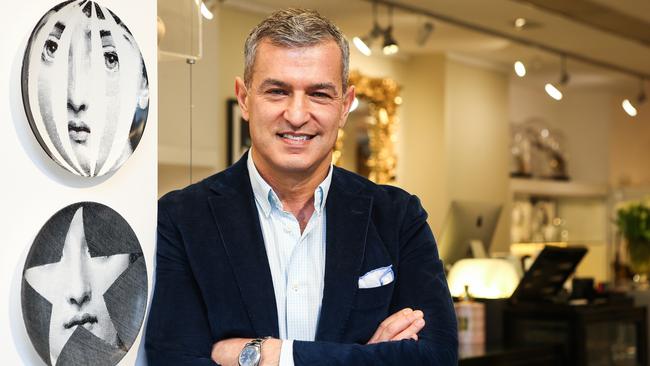
He has seen, like many, the leading Australian department stores Myer and David Jones radically shrink their floorspace to pivot the business to online and cut down on excessive rent bills, but he says this needs to placed within the context of a wider international trend for the department store model.
“The department store strategy is an international one, tailored for the local customers. “Department stores have a powerful history of reinventing themselves and adapting to their customer needs and this can also influence broader shopping trends. In the last decade, this has been transformative, in line with customer expectations, which has meant a significant investment in digital and a reduction of their physical footprint.”
But he believes that while online is a crucial pillar of the modern department store, an important part of drawing shoppers to department stores is offering them the full experience – one that cannot be offered digitally.
“Christmas windows, flower shows, in-store demonstrations, visual displays all play a part in driving customer engagement and traffic,” he says.
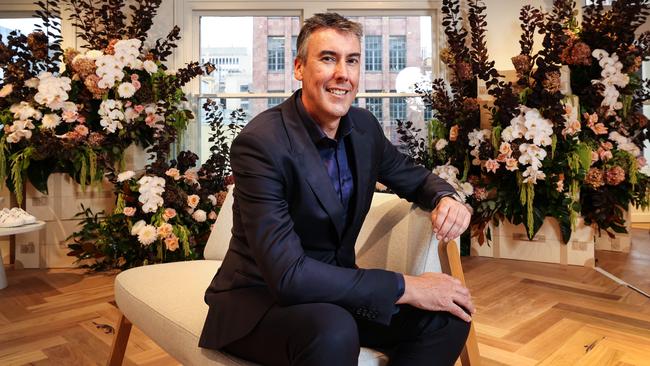
“Department stores have a deep heritage and hence have a special place in the hearts and minds of consumers.
“Most shoppers retell stories of dressing up and visiting their favourite department store with their parents, particularly around peak times like Christmas and the holidays.”
Brendan Smyth, director of valuations at advisory firm Gordon Brothers, believes the future of the department store model, the classic multi-levels of general merchandise, is now evolving to better embrace online as they represent “trusted brands” for shoppers.
“Things like Covid-19 have given the likes of e-commerce a shot in the arm, which has brought consumers – particularly in Australia, where they trust those names. So if you use Myer and David Jones as an example, they are trusted brands.
“And despite Amazon being in the market here and making inroads and other online players, traditional department store customers still trust those names and many of those department stores have flipped to offer those e-commerce services as well.”
He says the trend overseas is towards department stores contracting their store footprints and in many cases subletting to smaller stores or other brands. One good example of that is the recently revived Toys R Us renting store space from New York department store giant Macy’s this holiday season.
“I think that’s a creative way to use floorspace. And we are also seeing more of an user experience where people can go out and try a product in a department store – they (the store) might not necessarily stock the product there but can order it there directly. And I am seeing that in Australia it is used as a showcase for scooters, or high-end electronics.”

The benefit for the department store, argues Smyth, is that despite the format offering its floor space to other brands or concessions, it still highlights the traditional department store as a showcase or stage for merchandise across a wide range of categories, drawn from all over the world.
Many will now be watching David Jones boss Scott Fyfe, who has led the chain since 2000 and will now run it for its new owners, private equity firm Anchorage Capital Partners.
Fyfe told The Australian a department store like David Jones must inspire shoppers, and he is of course a big believer in the model’s future.
“If you go back to (former chairman) Charles Lloyd Jones in the 1920s, he talked about people looking, listening, learning and being inventors and being curators.
“And that’s what we need to get back to.
“We need to get back to the basis of the DNA of this business.
“We can nod back to our heritage and our history, but we want to make it relevant to the customers of today and the future.”
Originally published as Department stores battle for relevance as retail landscape changes



